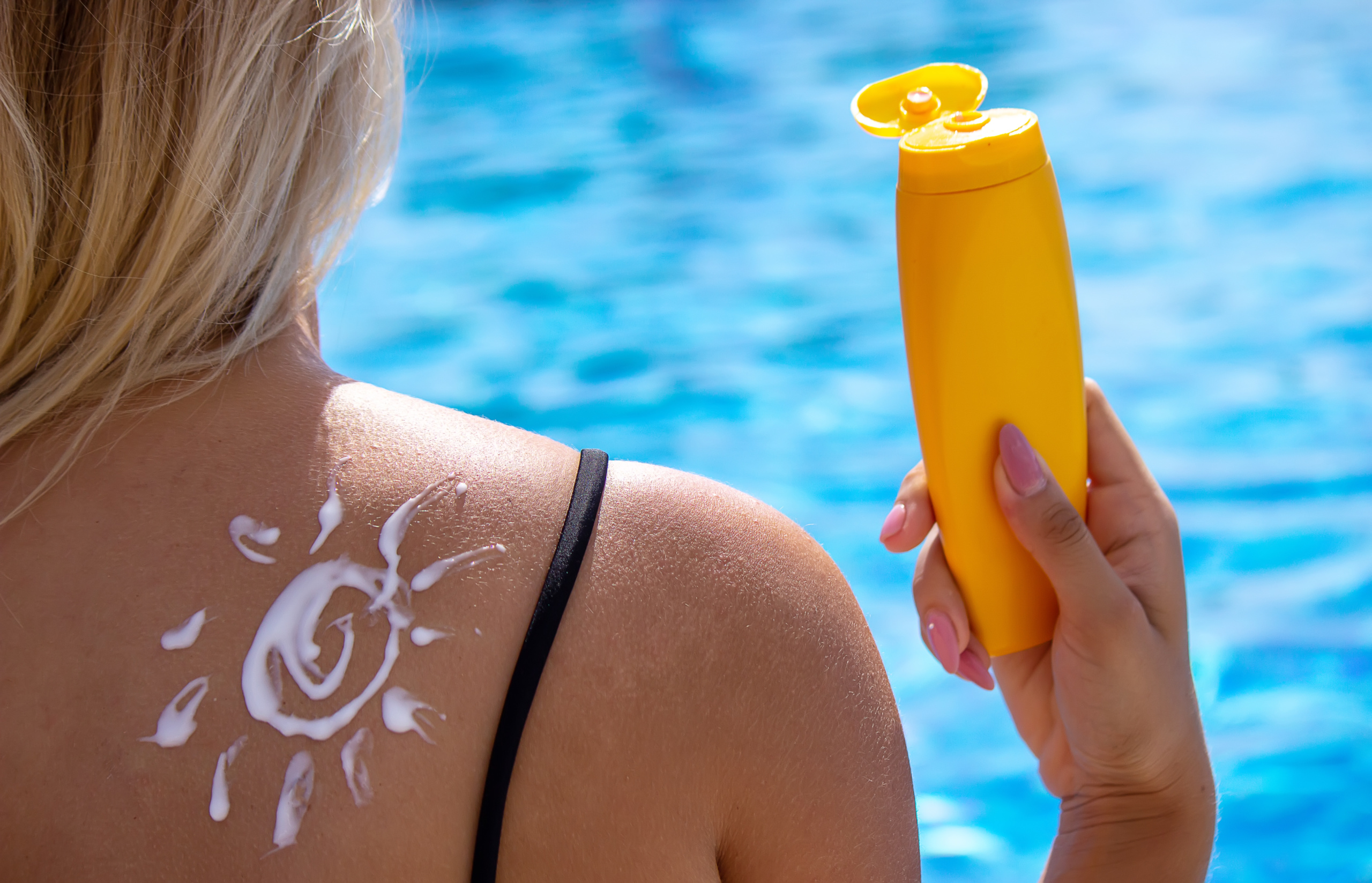
Why? Because the sun being warm and wonderful, also sends down invisible ultraviolet (UV) rays that do serious damage to your skin. In fact, using sunblock regularly is one of the simplest and easiest ways to protect your skin from premature aging, sunburn and diseases like skin cancer.
We are here to break down how sunblock actually helps, how it saves your skin, and how to choose the right one for your skin type.
So, What Exactly Does Sunblock Do?
Consider a sunblock as a force field between your skin and the harmful sun rays. It works on mechanisms of either absorbing or reflecting UV rays – depending on the type of sunblock you’re using.
There are mainly two types of harmful UV rays to worry about:
- UVA: These rays mainly age your skin. They are deep, causing wrinkles, sunspots, and can even lead to skin cancer.
- UVB: These are the ones that cause sunburn. But they’re also a major cause of skin cancer, including melanoma – the most dangerous type.
Using a good sunblock helps you block both the rays from damaging. That’s why you need to check out something labeled “broad-spectrum” – it means you have protection from both fronts.
How Sunblock Helps Prevent Skin Cancer?
The whole science in a nutshell: UV radiation damages your skin’s DNA. With time, that damage builds up, hence leading to a mutation that can develop into cancer. Even if you can’t see any visible damage or burn, the damage might still be happening underneath.
Using a good sunblock daily can reduce the potential risk of:
- Melanoma
- Basal cell carcinoma
- Squamous cell carcinoma
And remember, skin cancer doesn’t only affect fair-complexioned people – anyone, regardless of skin tone, needs protection.
How to Choose The Right Sunblock for YOU?
Not all sunblocks are created with equal properties. Picking the right one depends a lot on your skin type, lifestyle, and personal preferences. Here’s a simple short guide that can help you out:
1. Differentiate Between: Chemical vs. Mineral
- Chemical-based sunblocks absorb UV rays. They often feel light on application and blend in easily.
- Mineral sunblocks (also known as physical sunscreens) use zinc oxide or titanium dioxide to block rays. They are widely used by people as its great for sensitive skin but sometimes leave a white cast.
-
2. Consider Your Skin Type
- Oily or acne-prone: Consider finding an oil-free, non-comedogenic formula that won’t clog pores.
- Dry Skin: Go for sunblocks with hydrating ingredients like hyaluronic acid or ceramides.
- Sensitive Skin: Mineral sunscreens are the go-to solution for sensitive skin as they come with zinc oxide, which is usually gentler and less irritating.
- Darker Skin tones: There are several tinted mineral sunscreens or sheer chemical options that won’t leave a white residue.
-
3. Check the SPF
- SPF 30 or higher is the gold standard.
- SPF 30 blocks about 97% of UVB rays; SPF blocks about 98%.
- Anything about SPF 50 offers slightly more protection, but no sunscreen blocks 100% of UV rays.
-
4. Consider Your Lifestyle
- Daily Use? Get a lightweight that works under makeup, while providing optimal protection.
- Outdoor workouts or beach days? Choose water-resistant formulas that stay on longer and try reapplying after every 2 hours.
Pro Tips For Getting the Most Out of Your Sunblock
- Apply generously: Most people use way too little. In actual, you need about a shot glass full for the whole body and a nickel-sized amount just for your face.
- Don’t forget “hidden” spots: Ears, lips, back of your neck and the tops of your feed need SPF love too!
- Reapply every 2 hours: Or reapply right after swimming or sweating.
- Wear it daily: Even when it’s cloudy or you’re indoors. UV rays can come through windows and overcast skies.
Sunblock Isn’t Optional – It’s Essential
Taking care of your skin and protecting it from harmful UV rays isn’t complicated. Just by adding sunblock into your morning skincare routine, you’re doing something incredibly powerful for long-term health. Thus, your future self will seriously thank you for it.




